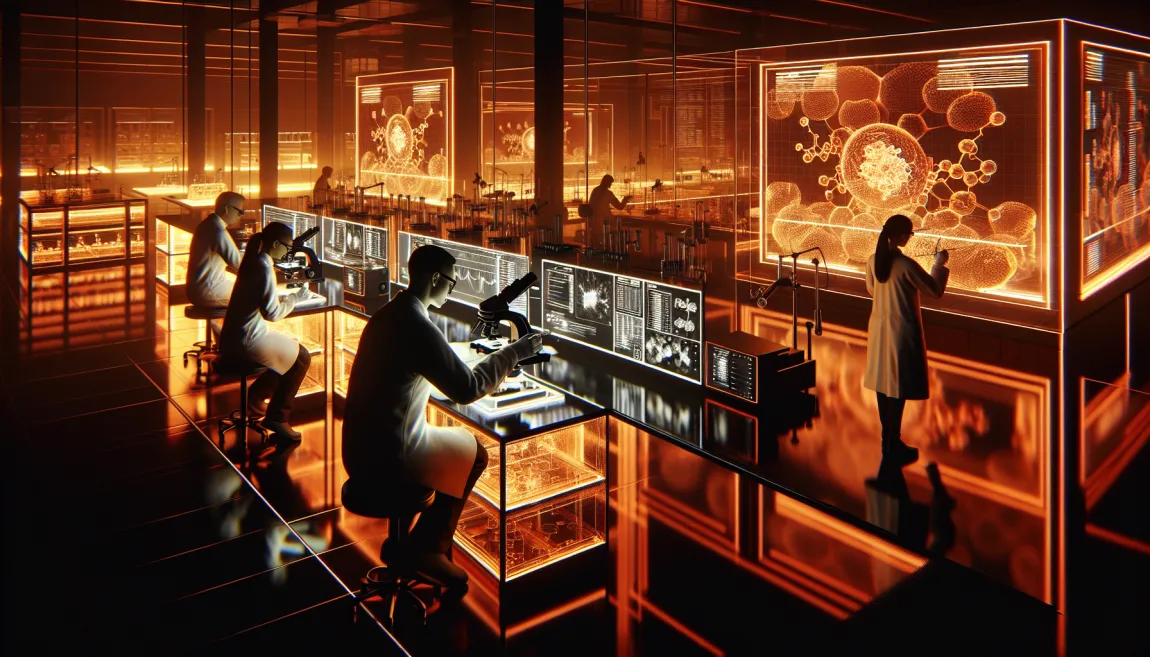CLAYENS Healthcare's recent innovation in developing chemical-free antibacterial plastics represents a significant breakthrough in the field of healthcare and industrial materials. The implications of such an advancement stretch far beyond its immediate applications, hinting at a future where medical devices and packaging can inherently resist bacterial contamination without the complications associated with chemical additives.
From a technical standpoint, the process of embedding antibacterial properties during the injection molding phaseby replicating micro and nano patternsis a sophisticated approach that leverages physical texture to inhibit bacterial growth. This method underscores a paradigm shift from traditional chemically treated surfaces to a mechanical strategy, which may lead to lesser regulatory hurdles and potentially reduce long-term risks associated with chemical residues.
Broader Implications and Challenges
The adoption of this technology has vast implications for public health, particularly in environments prone to bacterial proliferation such as hospitals and food processing facilities. By curtailing the spread of bacteria, the technology contributes directly to reducing the incidence of infections and contamination, which are substantial concerns in these settings. Moreover, the environmental benefit of eliminating persistent chemicals from the waste stream cannot be overstated, promoting a healthier ecosystem.
However, the article also highlights the complexities involved in such technological innovations. The effectiveness of the antibacterial textures is highly dependent on the type of material used, which suggests that a considerable amount of customization and testing is necessary to optimize applications for each type of polymer. This material-dependence means that while the technology is broadly applicable, each application will require its own specific development process, making the initial adoption possibly slower and more costly than existing methods.
Regulatory and Market Considerations
Another significant aspect covered in the article is the technology's compliance with regulatory standards, such as ISO 22196:2011, which is critical for acceptance in medical and food industries. The ability to enhance product safety without altering regulatory files is a substantial advantage, as it simplifies the pathway for integrating new technologies into established production processes. Yet, the regulatory landscape will remain a challenge as different countries and sectors have varying standards and expectations for bacterial resistance and material safety.
In terms of market dynamics, this innovation by CLAYENS could set a new standard for manufacturing antibacterial plastics, potentially leading to competitive advantages. However, it also sets the stage for market disruption. Traditional chemical suppliers might find their products less desirable if safer, more effective alternatives dominate the market.
Future Perspectives
Looking forward, the ongoing research and development will be crucial in evolving this technology from a promising prototype to widespread industrial applications. As CLAYENS Healthcare continues to refine and adapt their techniques, the potential for further enhancing both bacteriostatic and bactericidal properties of plastics is immense. Continuous improvement could lead to plastics that are not only resistant to bacteria but can actively destroy bacterial cells on contact, which would be a revolutionary step forward in antimicrobial technology.
In conclusion, while the road ahead is fraught with technical and regulatory challenges, the potential benefits in terms of safety, efficiency, and environmental impact make this development by CLAYENS Healthcare a noteworthy advancement in the field of material sciences.
View original article:
https://www.clayens.com/index.php/en/sintex-group-news/toward-safer-future-chemical-free-antibacterial-plastics



Leave a Reply